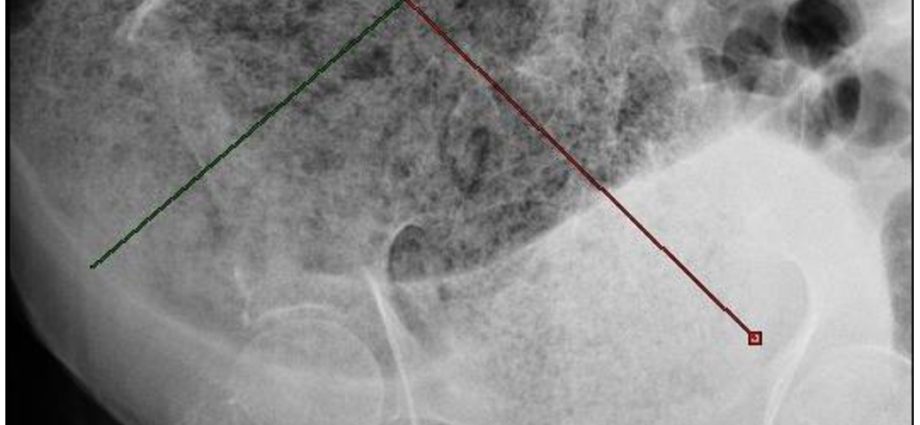Fecaloma: definition, symptoms and treatments
More common in the elderly, faecal impaction is a lump of hard, dry fecal matter that most often accumulates in the terminal part of the rectum. It complicates the stool reflex during defecation. Explanations.
What is a fecal impaction?
In the elderly, bedridden and most often women, intestinal transit slows down considerably and the intestine absorbs more fluids present in the stool inside the intestine than during normal transit. These dry stools accumulate in the terminal part of the large intestine (rectum) and end up gradually forming a ball of fecal matter that interferes with the natural evacuation of stool. This ball, once formed, will create a bulky obstacle which will make the exoneration of stools difficult and painful. It will also irritate the walls of the rectum by causing an inflammatory and reactive secretion of the walls and then sometimes lead to false diarrhea.
What are the causes of a fecal impaction
Pathologies and fecaloma
Several pathologies can lead to the formation of a fecaloma, usually by promoting a slowing of transit. Among the most frequent:
- Parkinson’s disease which in addition to tremors can reduce bowel movements (intestinal peristalsis);
- hypothyroidism, linked to a deficiency in thyroid hormones, slows down all of the body’s functions and in particular intestinal transit;
- a colonic tumor which can obstruct the advance of stools in the intestine but also disorganizes its movements to make the stool move towards its terminal part (rectum);
- certain drugs which have the side effects of slowing down intestinal transit. Among these drugs, we can find certain anti-depressants, neuroleptics, certain chemotherapies, pain treatment based on codeine or morphine, etc.
Various causes
Some of the other possible causes of fecal impaction:
- recent immobilization, travel by plane, train or car;
- a diet low in fiber;
- insufficient hydration from fluids;
- age and history of constipation.
Finally, sometimes, the old and excessive intake of laxatives will irritate the intestines and gradually worsen constipation (laxative disease).
What signs should alert the patient or the entourage?
Symptoms of fecal impaction that should alert the patient are:
- a feeling of heaviness in the rectum;
- a constant urge to go to the bathroom;
- chronic constipation;
- sometimes “false” diarrhea;
- stool is painful and sometimes accompanied by a little blood due to irritation of the wall of the rectum and anal canal.
These signs have been felt for several days despite the sometimes excessive intake of laxatives.
How to diagnose faecal impaction?
The diagnosis of fecal impaction is made from a digital rectal examination which will find a mass of hard material on the fingertip.
What are the advice and treatment for faecal impaction?
Once the cause has been identified and treated, advice can be given, in particular regarding diet, such as:
- fortification of the diet with dietary fiber;
- avoid the consumption of white rice;
- also avoid consuming refined grain products such as white bread, breakfast cereals, store-bought cookies and cakes.
Have a healthy lifestyle
The recommendations for hygiene of life in medical uses but not demonstrated by studies (recommendations of the French Society of Coloproctology) are:
- walk for half an hour every day (at least when possible);
- have good daily hydration (at least a liter and a half per day.
Prevention also involves organizing the schedule that allows you to go to the toilet as soon as the urge arises to avoid the attenuation of the sensation of the reflex of exoneration of the stool.
Treatment
The treatment will be done in a mechanical way by removing it most often with the finger after having carried out an enema by local laxative. Taking a high-dose laxative before Macrogol-type surgery may also be indicated in the event of a large fecal impaction, the evacuation of which may be painful. A clearing enema can also be performed if finger removal is not possible.










